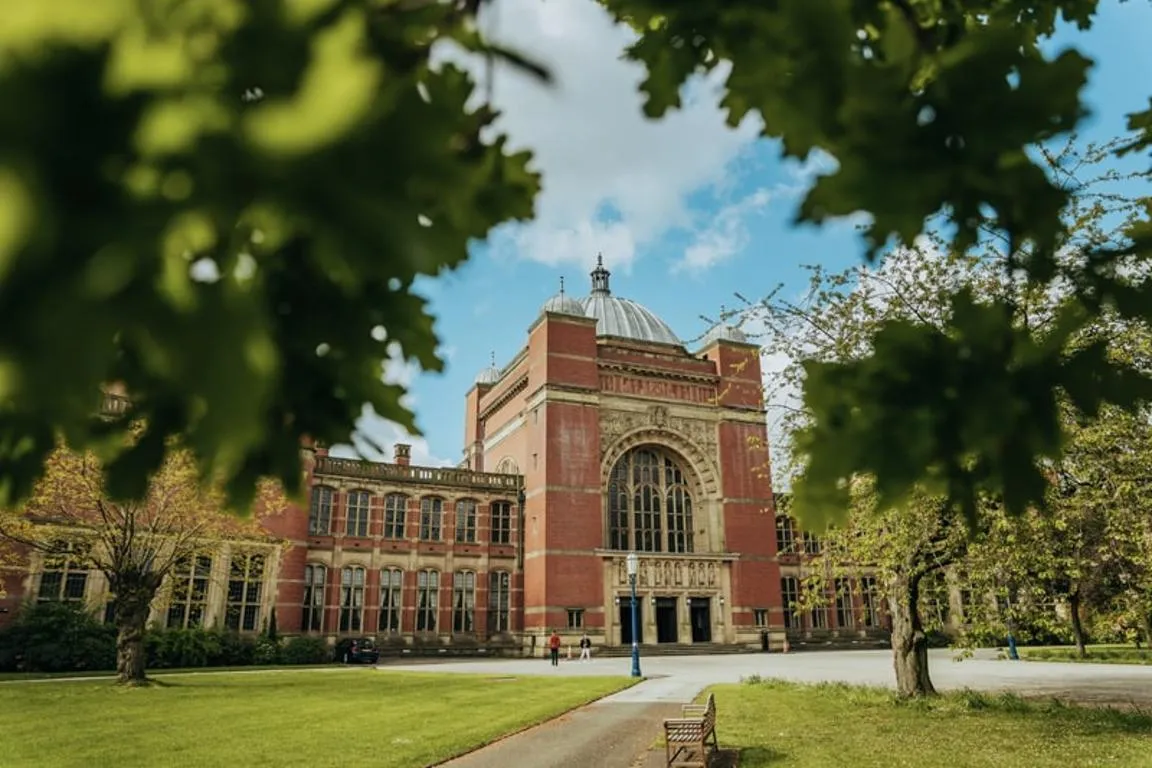A central role is played by two self-incompatibility (SI) proteins: a “receptor”, PrpS, made by the pollen and a signal protein called PrsS that is produced by the stigma. Plants have their identities specified by the exact version of PrpS and PrsS they produce. In this way, flowers can recognize that they are interacting with “self” through the PrpS/PrsS interaction, which triggers several chemical signals that cause inhibition of pollen involving a mechanism called “programmed cell death”, resulting in incompatible pollen being told to commit suicide before they germinate and begin extending their pollen tube. Conversely, if the pollen and stigma are expressing non-matching SI genes, “self” recognition does not occur and pollination is successful.





